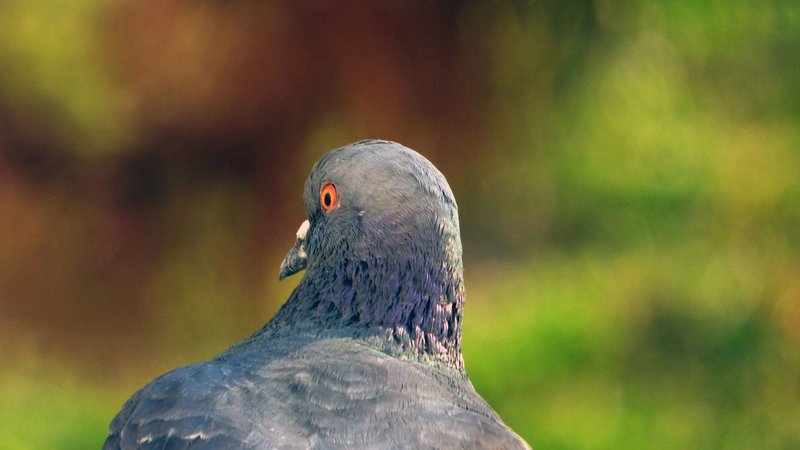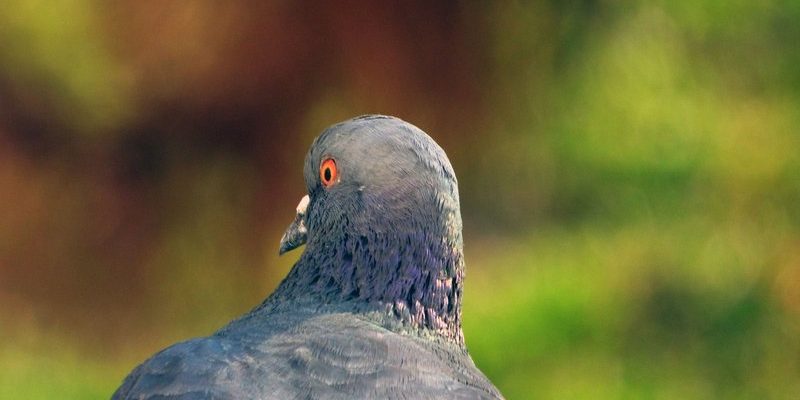
Let me explain. Pigeons, especially the common rock pigeon found in many cities, have a fascinating history. They’ve evolved alongside humans for centuries, adapting to our urban environments. However, not all pigeon species are as fortunate. While some are thriving, others face serious threats due to habitat loss, hunting, and climate change. This article will dive into the status of various pigeon species, exploring which are at risk and what that means for their futures.
The Different Types of Pigeons
Pigeons belong to the family Columbidae, which includes over 300 species. Among these, the common rock pigeon is the one most people recognize. But there are also endemic species that are unique to specific regions, and many of them are struggling.
– Common Rock Pigeon: These are the ones you see in cities. They’re not threatened and are actually thriving thanks to their adaptability.
– Victoria Crowned Pigeon: Native to New Guinea, this large, stunning pigeon is classified as near threatened due to habitat loss and hunting.
– Samoan Ground Dove: This little bird is on the brink of extinction, primarily due to invasive species and habitat destruction.
So, while the common rock pigeon is doing just fine, others are facing an uphill battle. It’s a reminder that not all pigeons share the same fate.
What Makes a Species Endangered?
The terms “threatened” and “endangered” are used to classify the risk of extinction. But what does it mean for a species to be in this situation?
When a species is classified as endangered, it means that it is at an extremely high risk of extinction in the wild. On the other hand, those labeled as threatened are likely to become endangered if the problems they face aren’t addressed. Factors contributing to these classifications include:
– Habitat Loss: Urbanization and agriculture destroy natural habitats.
– Hunting and Poaching: Some species are hunted for food or sport.
– Climate Change: Changes in weather patterns can alter food availability and migration paths.
It’s important to understand that these factors don’t just affect individual species; they impact entire ecosystems, too.
The Conservation Status of Pigeons
Conservation status is determined by organizations like the International Union for Conservation of Nature (IUCN). They assess species based on criteria like population size, range, and trends. For pigeons, this means some are thriving while others are in dire need of help.
For example, the common rock pigeon is classified as Least Concern since it’s widespread and has a stable population. In contrast, the Spotted Dove and the Samoan Ground Dove are considered vulnerable and even critically endangered, respectively. Here’s a quick overview:
| Species | Conservation Status | Primary Threats |
|---|---|---|
| Common Rock Pigeon | Least Concern | None significant |
| Victoria Crowned Pigeon | Near Threatened | Habitat loss, hunting |
| Samoan Ground Dove | Critically Endangered | Habitat loss, invasive species |
This table highlights the stark differences in how various pigeon species are faring in today’s world.
The Role of Humans in Pigeon Conservation
Humans play a crucial role in the conservation of pigeon species. While urbanization poses challenges, it also offers opportunities. For instance, city dwellers can help by:
– Supporting Local Conservation Efforts: Joining or donating to organizations focused on protecting birds.
– Advocating for Green Spaces: Encouraging the development of parks and nature reserves that can serve as habitats.
– Educating Others: Sharing knowledge about the importance of biodiversity and how pigeons contribute to our ecosystem.
By becoming more aware of these issues, we can make a positive impact. It’s all about finding that balance between our cities and the wildlife that shares them.
How You Can Help Pigeon Species
You might be wondering what you can do on a personal level to help threatened pigeon species. Well, there are several ways to get involved!
– Plant Native Vegetation: Creating a welcoming environment for wildlife in your backyard can help provide food and shelter.
– Report Sightings: If you encounter pigeons that seem unusual or in distress, report them to local wildlife authorities.
– Participate in Citizen Science: Many projects involve tracking bird populations. Your observations can contribute to valuable data on species health.
These simple actions can make a big difference. Just think of it as giving a helping hand to our feathered friends who need it the most.
So, are pigeons threatened or endangered? The answer isn’t straightforward. While the common rock pigeon thrives in urban settings, others face serious challenges. The plight of endangered pigeons reminds us that protecting biodiversity is critical, not just for the birds but for our environment too.
If you see a pigeon in your local park or flying through the city, take a moment to appreciate it. It might just be a common sight, but remember that every type of pigeon has its own story—and some of them need our help to ensure they have a future. By staying informed and taking action, we can all be part of the solution, helping create a world where pigeons and all wildlife can flourish.

